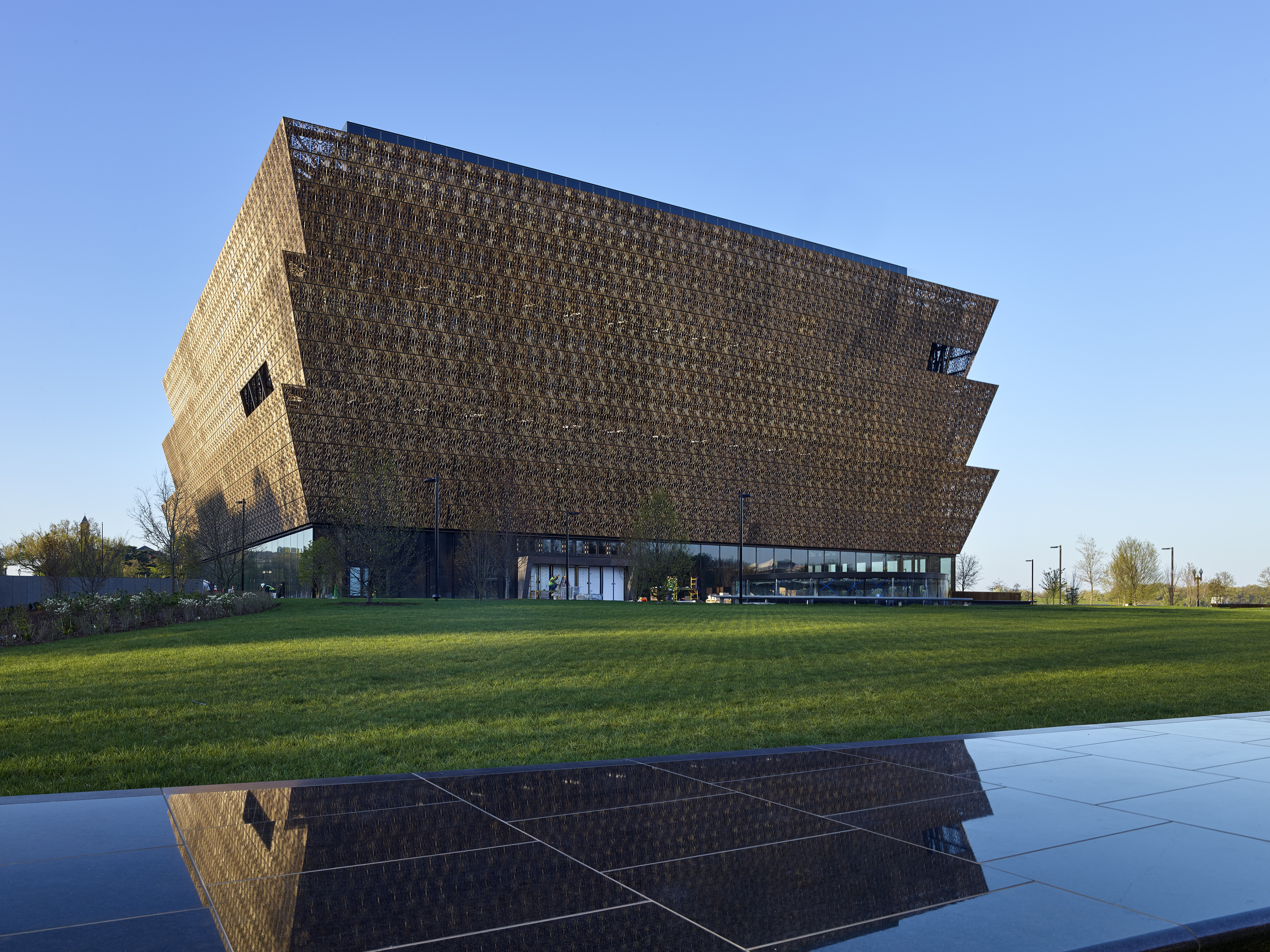
A few months ago at the Forum on Workplace Inclusion, I had the opportunity to sit in on a session that explored how organizations were tailoring their diversity and inclusion strategies to include “neurodiversity.” I was intrigued by the session for two reasons—1. It is an area of this work where I am often times challenging my own assumptions and am constantly learning, and 2. I have family members who have autism, a condition that is recognized within the realm of neurodiversity.
According to the National Symposium of Neurodiversity at Syracuse University, neurodiversity is defined as
“a concept where neurological differences are to be recognized and respected as any other human variation. These differences can include those labeled with Dyspraxia, Dyslexia, Attention Deficit Hyperactivity Disorder, Dyscalculia, Autistic Spectrum, Tourette Syndrome, and others.
For many autistic people, neurodiversity is viewed is a concept and social movement that advocates for viewing autism as a variation of human wiring, rather than a disease. As such, neurodiversity activists reject the idea that autism should be cured, advocating instead for celebrating autistic forms of communication and self-expression, and for promoting support systems that allow autistic people to live as autistic people.”
Which brings us to today’s story on inclusion. A few days ago, I came across an article that highlighted ways in which organizations were implementing inclusive hiring and training development practices that targeted applicants and employees on the autism spectrum. I thought these were unique in that the organizations went beyond traditional “accommodations,” and instead implemented proactive measures that signaled their inclusion of people with autism. It was also a discussion that focused on the broader spectrum of experiences of those on the spectrum, rather than lumping them into the broader label of disability inclusion.
A few of the practices included:
- Color-coding forms and including small pictures to offer visual cues on applications.
- Customizing job descriptions to detail whether a position required fine motor skills, or would take place in an environment where smells and sounds are strong, so applicants and their parents know whether it would be a good fit
- Adding green plants to the office environment for a calming effect, and changing light bulbs from harsh fluorescents to LEDs.
- Designating an exercise room where employees with autism do a 30-minute, monitored workout before starting their shifts. (According to Autism Workforce, vigorous exercises can reduce behaviors like hyperactivity and aggression among kids with autism, helping to keep them on task.
- Providing training videos that highlight specific tasks and tells new autism hires what to expect.
- Familiarizing hiring managers with autism and neurodiversity, and providing development opportunities that educate on how to work with and manage employees on the spectrum.
- Walgreens has designated specific positions within their distribution centers for employees on the spectrum. Microsoft started a pilot program that placed employees with autism in data analyst and software engineering roles.
The CDC estimates that 1 in 68 children is diagnosed with autism, which is up from one in 150 in 2004. More and more organizations are beginning to implement similar practices that specifically foster inclusion among “neuro-divergent” employees. Is your organization one of them? If so, what programs have you implemented and what success have you seen? Feel free to comment below.


















